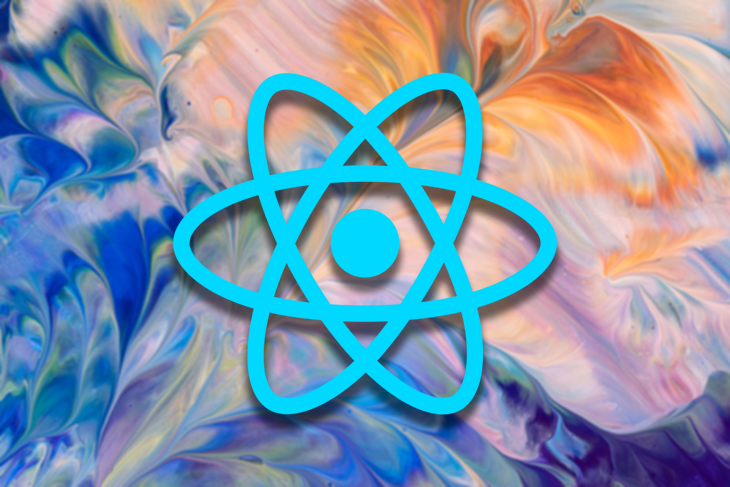Deep learning architectures have transformed the artificial intelligence landscape, providing innovative solutions for complex problems in various domains such as computer vision, natural language processing, speech recognition, and generative models. This article delves into some of the most influential deep learning architectures, including Convolutional Neural Networks (CNNs), Recurrent Neural Networks (RNNs), Generative Adversarial Networks (GANs), Transformers, and Encoder-Decoder architectures, exploring their unique features, applications, and comparative analysis.
Convolutional Neural Networks (CNNs) are specialized deep neural networks designed for processing grid-like data, particularly images. CNNs autonomously detect important features without human intervention, consisting of convolutional, pooling, and fully connected layers. These layers apply convolution operations to input data, facilitating feature detection, dimension reduction through pooling, and final class score computation for tasks like image recognition and object detection.
Recurrent Neural Networks (RNNs) are tailored for pattern recognition in sequential data such as text, genomes, and speech. Unlike traditional neural networks, RNNs maintain a state that incorporates information from past inputs to influence current outputs, making them ideal for tasks where context and order are crucial. Long Short-Term Memory (LSTM) and Gated Recurrent Unit (GRU) networks address RNNs’ issues with long-term dependencies, enhancing performance in language modeling, speech recognition, and time series forecasting.
Generative Adversarial Networks (GANs) are a novel class of AI algorithms for unsupervised machine learning, employing two neural networks in a competitive setting to generate new data resembling training set statistics. GANs consist of a generator that produces data and a discriminator that evaluates it, with applications spanning image generation, art creation, and realistic human face generation.
Transformers have revolutionized natural language processing (NLP) by processing data in parallel without recurrence, reducing training times significantly. Transformers utilize attention mechanisms to weigh the influence of words on each other, making them highly effective for tasks like translation, text summarization, and sentiment analysis.
Encoder-decoder architectures are versatile models used for transforming input data into different output formats, common in tasks like machine translation and summarization. These architectures leverage attention mechanisms to enhance performance, particularly in transformer-based models.
Each deep learning architecture offers unique strengths and applications, with CNNs excelling in image processing, RNNs in sequential data analysis, GANs in data generation, Transformers in NLP tasks, and Encoder-Decoder architectures in transforming input data. The choice of architecture depends on task-specific requirements, input data characteristics, desired outputs, and available computational resources.
Source link






















